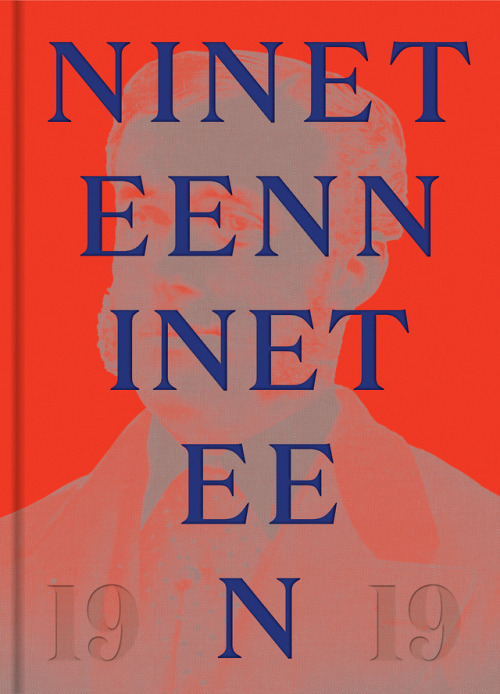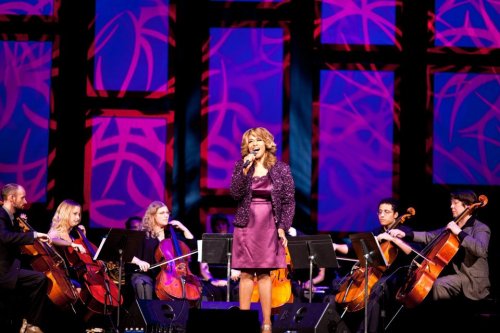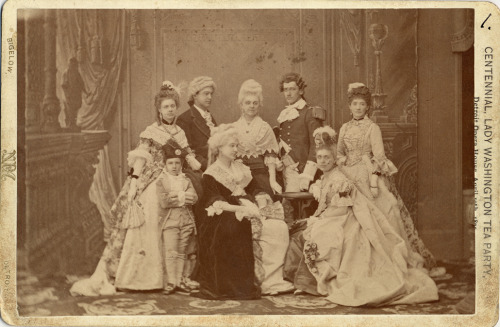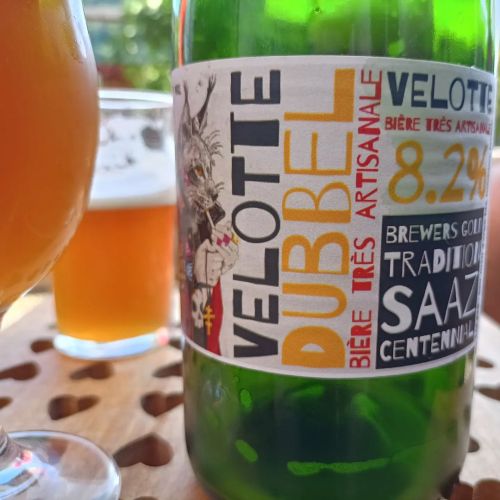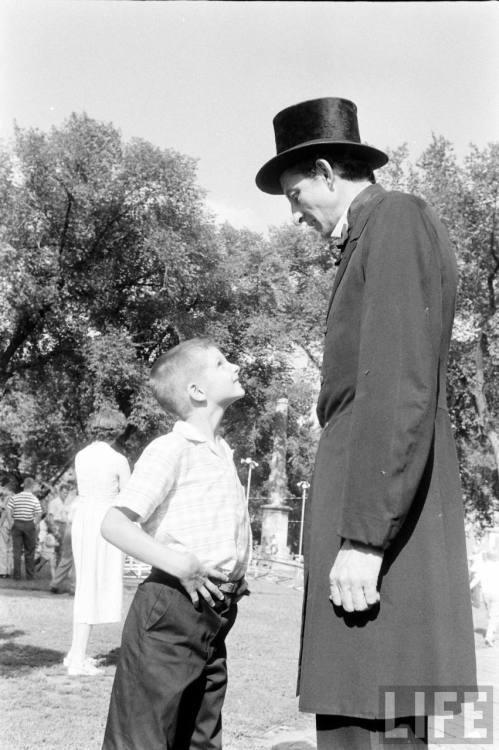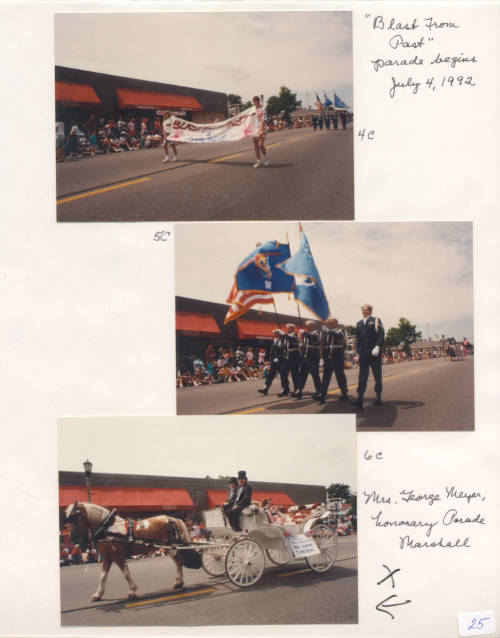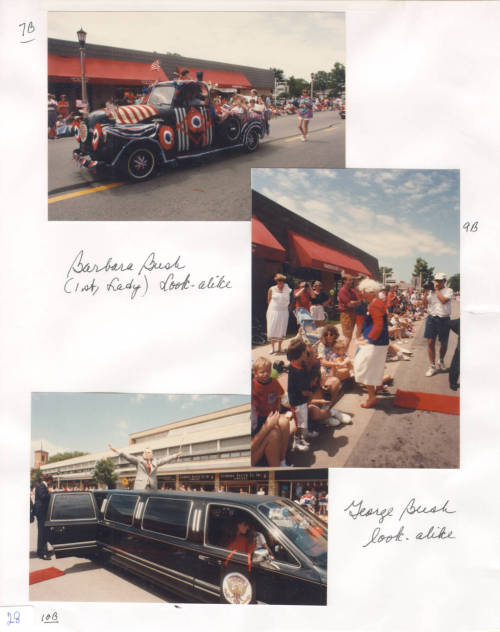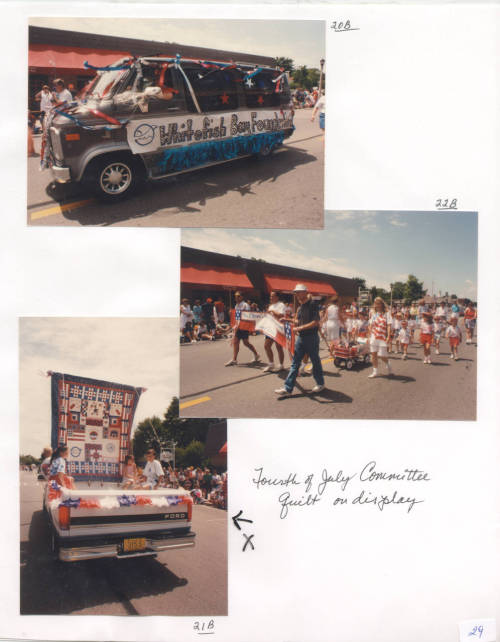#centennial
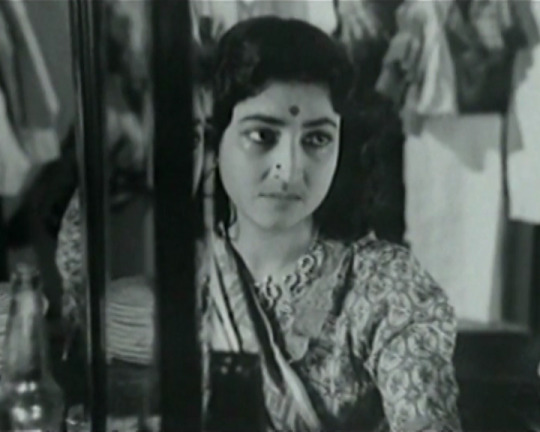
Satyajit Ray made Teen Kanya (THREE DAUGHTERS, ‘61) to commemorate the birth centenary of the Bengali cultural giant—poet, writer, playwright, composer, philosopher, social reformer, actor, educationist, painter—Rabindranath Tagore. It is noteworthy that Ray, a polymath himself, decided to concentrate on the three female protagonists of Tagore’s short stories from the volumes of poems, novels, short stories, dramas, essays and songs that Tagore left behind. May 2, 2021 marks Ray’s birth centenary and studying the expansive creative careers of both men often reveals several points of intersection.
Tagore’s women, like Ray’s, are complex—independent yet bound by tradition; inhabiting, as women do, the in-betweenness within a desire for boundless personal freedom and the socio-familial space that denies it to them. Teen Kanya is an anthology of three films: Postmaster with the young, orphaned protagonist Ratan (Chandana Banerjee); Monihara with the childless wife of a rich jute plantation owner Manimalika (Kanika Majumdar); and Samapti with the shrew-like “wild child” teenager Mrinmoyee (Aparna Sen). Incidentally, it is with Teen Kanya that Ray, too, found a seamlessness within his own creative pursuits, as he began to score music for his films.
Tagore’s “Postmaster”, written in 1891, tells the story of Ratan who works for her village’s Postmaster, the Anglophile Nandal from Calcutta (Anil Chatterjee). With Nandal’s arrival, Ratan, receives affection for the first time in her life. She learns how to read and write from him, makes him his meals and then takes care of him while he fights a bout of malaria. When, unable to tolerate village life anymore, Nandal hands in his resignation and Ratan’s world is robbed of the love she had begun to acclimatise to. While Tagore’s Ratan falls to the Postmaster’s feet, begging him not to leave her alone, Ray’s Ratan walks past Nandal and goes on attending to her household chores. Nandal breaks into tears as the potholed road ahead leads to his future back in the city; Ratan quietly lives out her destiny.

“Ray did not deny his women the right of choice. His women had agency. They were primary protagonists in their own right,” writes actor Sharmila Tagore who was 15 when she made her debut in Ray’s Apur Sansar (THE WORLD OF APU, 1959). Her words do not just ring true for Ratan but also for Manimalika and Mrinmoyee. The three women form the moral arc of the film, making the audience not just question the society but also the ways in which they, personally, inhibit women’s personal freedoms and ambitions.
Even within a horror story like Monihara, where the protagonist lives with a cavernous greed for gold and is probably unfaithful to her husband, Ray (and Tagore) divulge the psychology behind her greed. Manimalika feels judged by her in-laws because she hasn’t been able to bear her husband a child. As Sharmila Tagore says “Ray gifted his women protagonists the liberty which defied the cliché that the male desire is visual while the woman’s is sensory.” This obvious visual female desire, as heightened as it is in the protagonists’ sexual transgression in Charulata(THE LONELY WIFE, ‘64) and Ghare Baire (THE HOME AND THE WORLD, ‘84), finds a materialist incarnation in Manimalika’s unapologetic gold lust. When you reduce a woman to her womb, why should she find it in herself to be a holistic human being and not just a dehumanized, ever-widening lacunae of greed?
Her disappearance from her husband’s life does not leave behind a vacuum that he can fill with another wife who can perhaps bear him an heir. Instead, she haunts him, filling his existence with a hopeless wait and an obvious dread. It is not just a haunting of her husband’s life, but that of his ancestral home, the seat of long-standing patriarchy that perpetuates itself from one heir to another.

Aparna Sen, at 16, made her debut as Samapti’s Mrinmoyee, a bright-eyed, rebellious village teenager who wouldn’t toe the line of patriarchy and the way it expects “marriage worthy” young women to behave. When Amal (Soumitra Chatterjee) marries Mrinmoyee, only with the consent of her parents, she lashes out, refusing to bow down to a life of servile conjugality. Not only does she have a mind of her own, but she also insists upon sovereignty over her body, which is only its most authentic self when running through fields and sitting on swings. She runs away from her husband on the night of their wedding and spends it outdoors, sleeping on her beloved swing.
These women, and Ray’s later women like Charulata and Arati (MAHANAGAR, THE BIG CITY, ‘63), are well-versed in articulating a language of complex desire and longing through their bodies, even when they don’t have the verbal vocabulary for it. There is an insistence (in both Tagore and Ray’s works) of intellectual, economic and physical sovereignty by these women that, as pointed out by Sharmila Tagore, often predates the establishment of a formal women’s movement in India. They are the conscience of the texts they occupy, and this conscience is not a vague, moral or a spiritual one. Both Ray and Tagore embody this conscience within a female body that transgresses, fights and yet, always, desires.
ca. 1876, [U.S. Centennial commemorative George Washington silk ribbon], Thomas Stevens Company
Post link
Coming this fall: a massive centennial exhibition centered on 1919, the year of our founding.
A tumultuous time in our nation’s history, “Nineteen Nineteen” will tell the story of a year in which soldiers returned from World War I, African Americans faced violence during the “Red Summer,” women fought for the right to vote, and cripplingly high inflation sparked labor unrest.
The show will feature approximately 275 objects from across The Huntington’s collections, each made, published, edited, exhibited, or acquired in 1919.
Read more about the upcoming exhibition here
image:
Nineteen Nineteen (2019) by James Glisson and Jennifer Watts. Book to complement the exhibition. Published by The Huntington Library, Art Collections, and Botanical Gardens. Available Aug. 21, 2019.
Post link
The eye-catching new rose that is helping The Huntington celebrate its centennial year was unveiled just a few months ago. But ‘Huntington’s 100th’ got its start a decade ago, through a painstaking hybridization process that is as much art as science.
Tom Carruth has been The Huntington’s E.L. and Ruth B. Shannon Curator of the Rose Collection since 2012. Before that, he spent 25 years as a rose hybridizer, working as director of research and marketing for Weeks Roses, a wholesale rose grower, and becoming one of the nation’s leading creators of new roses. Over his career, he has introduced more than 150 new roses, including 11 All-America Rose Selections winners and four recipients of James Alexander Gamble awards, bestowed by the American Rose Society, for outstanding new and very fragrant roses.
More on Verso…
images:
‘Huntington’s 100th’, the newly hybridized rose chosen to help celebrate The Huntington’s centennial year, is a large-flowered, multi-colored rose with an intense fragrance. Photo by Gene Sasse.
During hybridization, Anthers are clipped from a blooming rose to collect pollen and carefully applied using a camel hair brush. Photos by Gene Sasse.
Post link
Discover Montreal: Expo 67 was a landmark moment in Canadian history
(Mostly reuses footage from the CBC’s Expo 67: Back To The Future documentary plus several Pathé newsreels but good watching at 40 minutes long)
It’s technically the 27th in London, so there [and here soon], it is the centennial anniversary of the birth of Christopher Lee, the true most interesting man in the world, a man who did not let the end of WWII stop him from hauling Nazis’ sorry asses to justice, and the guy who showed us all how Dracula’s done.
And there are few lines in the horror genre as chilling as his delivery of “It is time to keep your appointment… with the Wicker Man.”


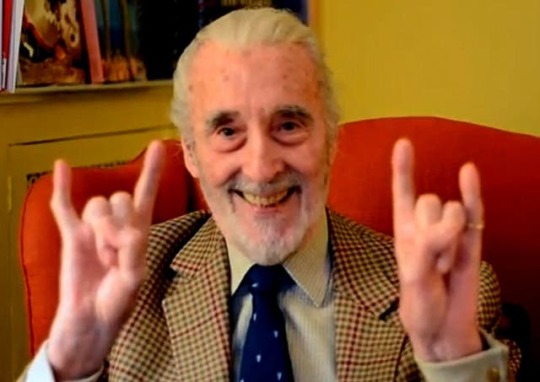
St. Paul’s Episcopal Church Guild reenact tea party in period costumes. Printed on front: “Centennial, Lady Washington Tea Party, Detroit Opera House, April 19th 1875. Bigelow, Detroit.” Handwritten on back: “L. to R.: Mrs. L.H. Batter, Mrs. Charles Lathrop, Mrs. Angela (wife of President Augill), M. Fred Sibley, Ms. Davenport (aunt of Wm. L. Russel), Mrs. P.J.N. Lathrop, Mrs. W.J. Chittenden.”
Courtesy of the Burton Historical Collection, Detroit Public Library
Post link
La #biere de #velotte “très artisanale” #ultraLocale #dubbel #saaz #centennial #besac #besancon #malt #brasserie #houblon #bier #brasseur #instabeer #beer #jusDeHoublon #brewery #frenchBeer #locale #artisanale #craftbeer #beerstagram #mousse #instamousse #instapero #apero
#instapicole #picole
https://www.instagram.com/p/Cd0-WUqKBm1/?igshid=NGJjMDIxMWI=
Post link
Background on this: I decided to go back to school for 3D Animation (Centennial College in Toronto, I may explain why another time) and as I start the second semester of this 2-year program, I thought I’d look back and share what I wish I knew going into this like I did when I was studying illustration at OCADU. People seemed to find it helpful, I hope this is as well. As always, feel free to ask me anything if you have questions! And on with the show:
1: Know what you want to do when you graduate!

Preface: I still don’t exactly know what I want to do (though I have significantly narrowed it down). There are many many many different options, and havingsomekind of idea of what it is that you want to do will help you focus your studies. You will be exposed to different aspects of the industry and you may very well change your mind during your studies, but if you do a little research you will avoid my problems of 1) having no idea which classes I should prioritize and 2) being vague on my goals to the point of being (somewhat kindly) told I should choose a different program.
2: Pick up (and read) a copy of The Animator’s Survival Kit

My dad (who is the best) got me a copy of this book for Christmas years ago. I skimmed the first little bit then let it collect dust on my shelf until halfway through my semester I decided to read it again- and I felt like an idiot. All of the fundamentals I had been learning were all in this book. While it is written by and for traditional animators, everything you need to understand the basics of animation is in this book. Which leads me to my next point:
3:Get ahead! You can learn a lot on your own!

Like anything creative, you can learn pretty much everything on your own (in theory). I will list the free resources and software I’ve found so far at the end.
Don’t feel like you haveto start ahead of time (I barely did out of fear it would be the wrong thing to do … that was dumb … but I don’t feel overly behind or anything I still got great marks). But if you dostart learning the fundamentals before you get there, it can help you figure out what you want to focus on. Even if you don’t have a great computer you can read the Animator’s Survival Kit.
If you can learn everything on your own, why did you register for school at all, you might ask? That brings me to my last point:
BONUS TIP: Understand what you’re paying for!
What you’re paying for is:
-Access to helpful humans (profs, TAs, and classmates)
-Computers with software that is hard to get for free (Adobe …)
-A piece of paper
The first two are the most useful. Besides the obvious (talk to your profs, ask for help from TAs and classmates, etc) something specific to a 3D Animation program (at least mine) is all the software and computers! You are paying a lot a lot a lot of money, so use all the free (you are actually paying for it with your tuition) software and computers you have access to, and learn some extra stuff and have fun with it!

now for the actually free stuff…
Resources & Links
Tutorials / Learning Resources that I’ve already used and can 110% vouch for:
Maya will let you use their software for free for non-commercial use if you’re learning!
Jean-Denis Hass’ videos analyze acting for animators and video feedback of student animations
Flipped Normals does great 3D tutorials
—–
More Resources I’ve found:
https://www.proko.com/library/#.XiaD3hNKh25
Daniel Geis does 2D-to3D and 2D-to-Animated tutorials
Jahirul Amin does modeling and Animation Tutorials
—–
If you have any resources I missed and can share in my next post, or any questions for me, reach out my inbox is always open! :) I hope this helped!
Scenes from 4th of July parade celebrating Whitefish Bay’s centennial, 1992.
From volume 29 in a series of 40 scrapbooks compiled by Mimi Bird of Whitefish Bay, Wisconsin.
via:Mimi Bird Historical Collection, Whitefish Bay Public Library
Post link

![ca. 1876, [U.S. Centennial commemorative George Washington silk ribbon], Thomas Stevens Company via ca. 1876, [U.S. Centennial commemorative George Washington silk ribbon], Thomas Stevens Company via](https://64.media.tumblr.com/tumblr_m8atgqPmBC1rstnezo1_500.jpg)
![ca. 1875, [George Washington commemorative snuff box] via Heritage Auctions ca. 1875, [George Washington commemorative snuff box] via Heritage Auctions](https://64.media.tumblr.com/tumblr_m8apxlSum21rstnezo1_500.jpg)
